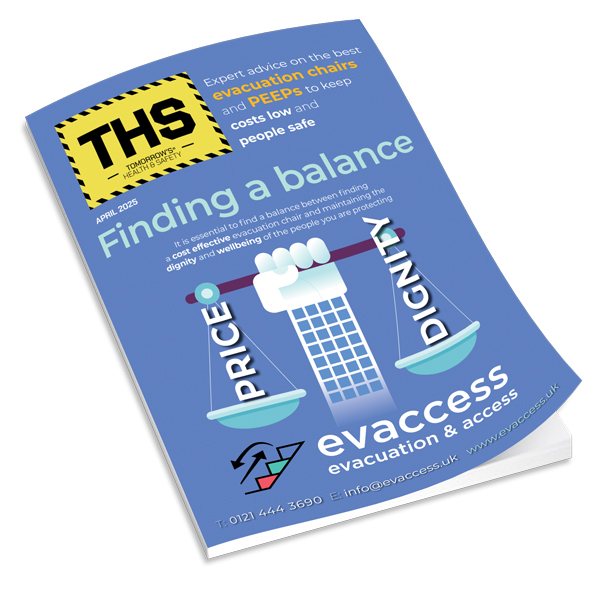Holly Mockus, Senior Product Manager at Intertek Alchemy, shares five top tips on how to reduce slips, trips and falls to improve worker safety and meet HSE requirements.
When updating safety policies for 2022, don’t forget about the most common source of workplace injuries. Slips, trips, and falls undoubtedly will continue to challenge manufacturing safety practices this year. While much attention will be placed on hot-topic issues like employee retention and Covid-19, don’t lose focus and stumble on the basics.
Slip, trip, and fall accidents remain among the most common sources of work injuries and can be extremely costly for employers due to a loss of productivity, lawsuits, and Health and Safety Executive (HSE) penalties.
According to HSE statistics, slipping and tripping are the most common causes of major injury in workplaces, resulting in over a million working days lost and costing employers £512m per year. Not only do 95% of major slips result in broken bones but they can also be the initial cause for other types of accidents such as falls from height.
Under HSE guidelines, employers must manage the slipping and tripping risks in their workplaces by performing risk assessments to determine whether they are doing enough to prevent harm. These assessments require employers to consider what risks in their workplaces may lead to slip or trip injuries, and implement effective control measures to prevent these types of accidents.
Equipment Training
Your employees should always have easy access to fall prevention equipment like harnesses, safety lines, and hard hats when working at height. But the real trick is teaching them how to use it properly – and it’s far more than knowing how to wear the equipment. Your training needs to cover how to properly think ahead and use the equipment in a way that ensures protection.
For example, do employees know how far the extension equipment will reach before starting their ascent? Are they practiced and comfortable using it? And first and foremost, are processes in place to regularly inspect equipment prior to use?
Be Alert
Working in the same environment every day can numb your senses to the dangers around you. Anyone can zone out and go on autopilot at their station. But that’s when they lose sight of what can hurt them and their coworkers, especially when it comes to slips, trips, and falls. For example, they might ignore wet surfaces, even with signs in place indicating floors have been freshly mopped. Or they might take multiple steps at a time on the stairs and not use handrails.
These little oversights can produce big injuries and subsequent claims. You can reduce these incidents by including them in your ongoing safety training. Teach employees how to spot and help prevent risks and how to report them. Also, consider cultivating behaviour-based safety to encourage employees to behave in a manner that helps reduce their risk exposure.
No Messing About
The line between harmless and risky playtime is virtually indistinguishable. It’s one thing to have fun at work, but it’s entirely different when it puts employees at risk. The safest course of action is to enforce a zero-tolerance policy against horseplay at work. That includes no running, jumping, pushing, playing ball, or roughhousing.
Create a Safe Walk
A lot can happen between where employees exit their car, train, or bus and enter the building. Make sure your walkways are clear of water, ice, snow, or anything that might cause someone to slip and fall. This includes sanding or removing ice from paths. Point out where slippery surfaces can develop. Also, take time to inspect for uneven pavements or items that might trip employees. Provide proper lighting to identify risks and illuminate pedestrian walkways.
Teach Ladder Safety
HSE has plenty to say about ladder safety, which is a common source for injuries if left unchecked. Train employees how to use ladders in the appropriate manner, and constantly inspect them for safety. Keep ladders free of dirt and grime and inspect for any issues that might compromise their integrity. And help employees know how to pick the right ladder for the job.
While you’re developing those annual safety plans that include a heavy dose of protocols to address Covid-19 issues, don’t forget the basics. Take time to refresh your training procedures and documentation to eliminate the opportunity for the basic causes behind slips, trips, and falls.






















